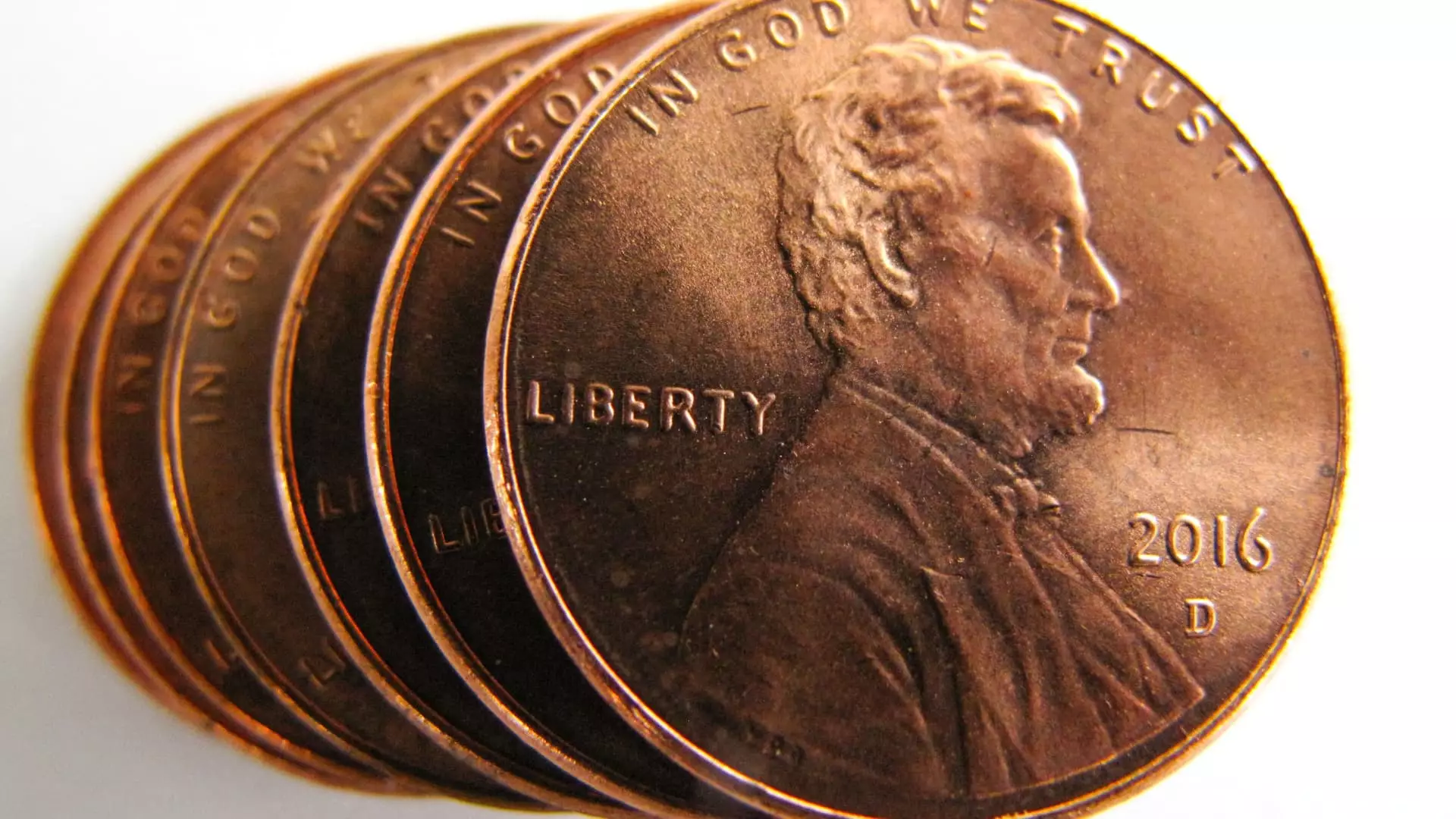The U.S. penny is trudging toward obsolescence, an outdated relic costing taxpayers considerably more than its face value. As government spending continues to rise into the stratosphere, the penny’s diminishing utility is coming under heightened scrutiny. With the U.S. Treasury ceasing the production of the cent coin, this controversial piece of currency seems poised for its final curtain call. The decision isn’t just about nostalgia; it’s about fiscal responsibility in a time of economic strain.
Recent reports reveal that minting pennies costs 3.69 cents apiece, a stark figure that highlights every dollar wasted. Even in a budget teeming with trillions, shedding the penny could save taxpayers an estimated $85 million. This isn’t chump change—it’s a unique opportunity for the government to streamline operations and refocus resources. For too long, the U.S. has allowed a minuscule coin to represent inefficiency and waste, and now is the time to put that to rest.
The Argument for Change
Critics of the penny often cite the sentimentality surrounding it, connecting the coin to Americana and childhood memories of lucky finds at the bottom of piggy banks. Yet, sentiments have little bearing when faced with hard economic realities. The introduction of the “Make Sense Not Cents Act,” spearheaded by Sen. Mike Lee (R-Utah), emphasizes a glaring contradiction: no business would willingly gamble money by producing a product four times its worth. It’s time we abandon this crumbling artifact of our economy and face the practical need for modern currency.
The continued minting of pennies can be likened to using a horse and buggy in the age of electric cars. Countries around the world have already faced this reality; many have phased out similarly low-denomination coins without any catastrophic backlash. A Federal Reserve study from 2022 even projected that a gradual move away from the penny could save the nation $100 million. So why cling to a coin that many are now more likely to toss aside in a jar rather than use for transactions?
Rethinking Currency in a Digital Age
As we hurtle deeper into the digital age, reliance on physical coins seems increasingly anachronistic. The rise of cashless transactions underscores a collective pivot towards modern payment systems. Apps like Venmo and CashApp have revolutionized the way people exchange money, tipping the scales in favor of a paperless future. Therefore, it begs the question: why are we still minting pennies when fewer and fewer transactions even require coinage?
In an era marked by rapid technological advancement, the striking inefficiency of producing pennies is a glaring contradiction to progressive reform. Confining ourselves to antiquated notions of currency holds back our economic efficiency and dilutes our potential for innovation. By removing the penny from circulation, we not only curb unnecessary spending but also pave the way for a future that embraces smarter, more efficient banking and transactions.
Transcending the penny is not merely a financial decision; it’s an invitation to rethink our relationship with money in today’s economy. In shedding this weight, we signal a dedication to progressive, financially responsible governance, reflecting much larger aspirations for the nation’s fiscal future.


Leave a Reply